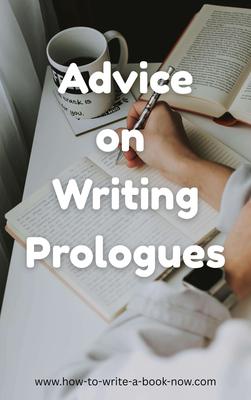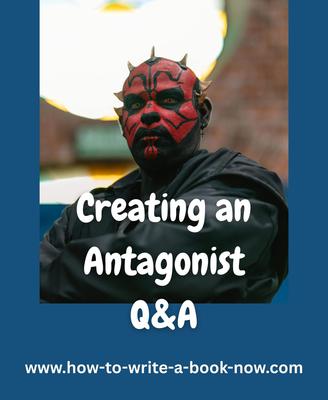Personal Conflict and the Climax
by Bree
(missbritney07@hotmail.com)
Question: My question is about the relationship between a character's personal conflict and the climax. In the plot outline provided by your site it gives these two ideas:
"Overall Signpost #3: This signpost marks the climax of the story. It is the event that puts your main character in a very tough situation, the outcome of which will determine decisively whether the Story Goal will be achieved. The climax is not the end of the story. However, it is the moment of greatest tension and the major turning point in the protagonist's fortunes. In a tragic story, it is the protagonist's greatest victory – after which everything goes wrong. In a novel with a happy ending, this is when things are at their worst, after which the protagonist starts winning."
and...
"Main Character Signpost #3:
Next comes the main character's personal crisis. He will be put in a position where he must either change or not change. There is no turning back or delaying the moment any longer. This is his personal turning point."
Could you please explain the comparisons and contrasts between these two signpost? Is the MC's personal crisis typically dealt with in the climax of a story?
Thanks for your help! It's been awesome reading your tips, explanations, and advice!
Answer: Simply put, the main character's crisis is the event in which he/she decides whether to continue to be the same person or to change, whether to do what he/she has always done (perhaps with renewed resolve), or abandon his old ways and act differently. It's the character's personal turning point.
The overall story crisis is the biggest turning point in the external or overall story. It is usually the event in which the main character applies the decision made at his personal crisis in a do-or-die effort to achieve the Story Goal.
In some stories, both these events happen pretty close together, perhaps even in the same scene. To take a simple example, the hero finally comes face to face with the villain and there
In other stories, the main character may confront the villain at the overall crisis, and be defeated (or narrowly escape). He then retreats to a safe place, reviews what went wrong, decides to be/act differently, and begins a new push to resolve the overall story in which he finally wins at the climax (4th signpost).
Sometimes one of the other signposts can occur in between these events. For instance, the main character could have his dark moment and decide to change. This could be followed by the relationship signpost 3, where the main character heals the rift in his relationship with the impact character, followed by both of them confronting the antagonist for the overall crisis.
In a tragedy, you could have the overall crisis happen first - in which the hero is defeated. This might be followed by the main character's crisis, in which he decides he can no longer continue as the same person, now that he has failed, so he dashes his eyes out, breaks his sword, or kills himself.
I'm using a simple hero/villain story here, but the principles apply to other types of stories and Story Goals as well.
For instance, in a murder mystery, the overall crisis may be the moment when the case appears unsolvable. Then main character signpost 3 might be the moment when the detective stops looking at the case from his usual viewpoint/bias and adopts a new perspective. That new perspective then allows him to solve the mystery at the overall signpost 4. Again, the two crisis events could happen within the same scene or in two different scenes. It's the writer's choice.
- Home
- Plot Questions
- Personal Conflict and the Climax















